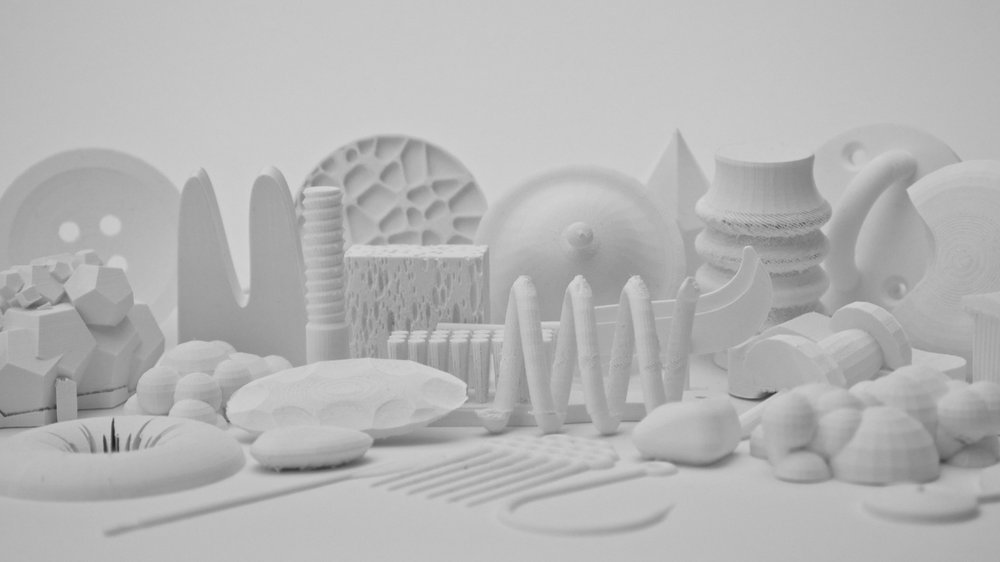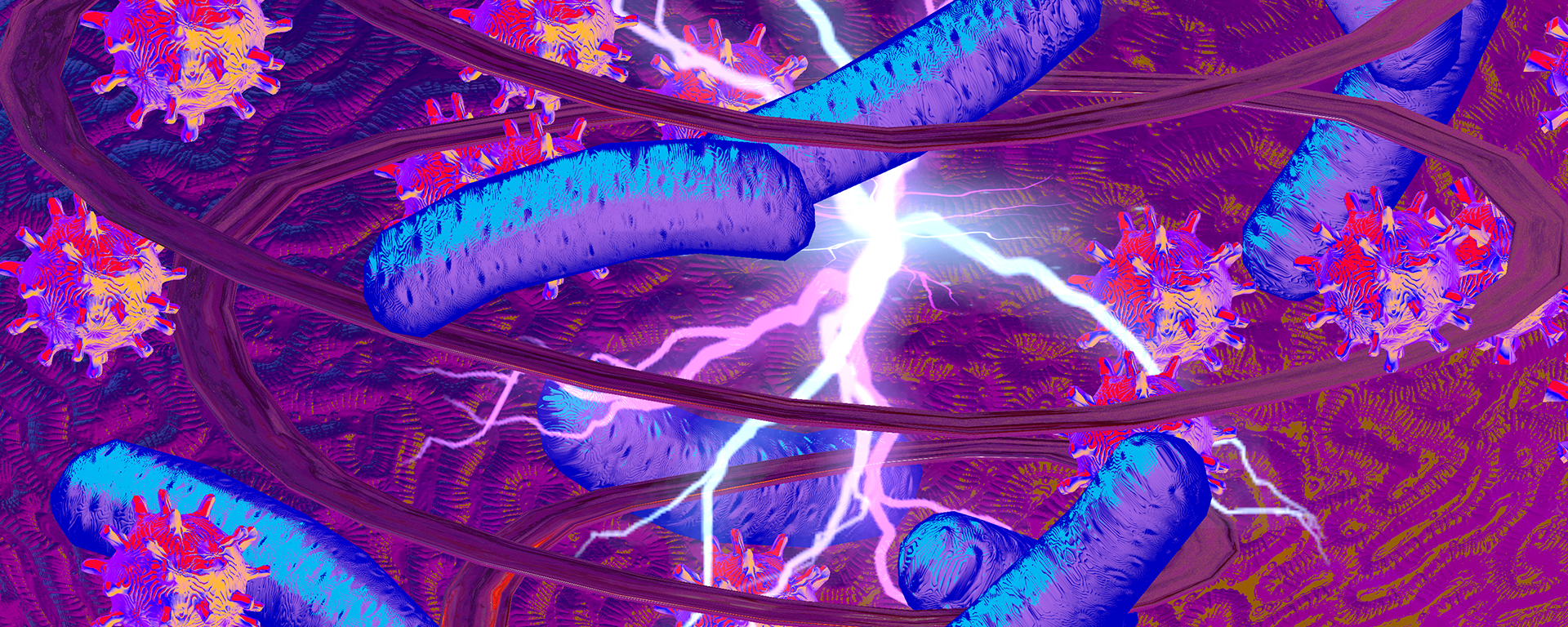


CONTRIBUTORS
- Ashley Tay Zhien
- Beh Cui Shan Serene
- Chew Kai Hui, Anthea
- Koh Kai Ting
- Tammylyn Tuang Miao Xian
Dissecting Debbie Ding: Speculative Realms and Carto-graphing her mind
Debbie Ding is an artist based in Singapore. Her passion lies in pushing the boundaries of traditional art forms. With an insatiable curiosity, she embarks on an artistic journey that constantly challenges the norms and explores the endless possibilities of materials through non-conventional mediums.
A notable artistic characteristic of Debbie’s work is her medium (VR), allowing her the ability to blur the lines between reality and imagination. Her captivating work invites viewers to question their perception of the world that surrounds them as she skillfully weaves together elements of the everyday with her artistic vision. Shifting between physical reality and imaginary spaces, she delves into speculative explorations that envision alternative realities and futuristic landscapes. Through her art, she creates immersive experiences that transport viewers into these imagined worlds, leaving them captivated, questioning, and inspired.
In her speculative explorations, Debbie delves into uncharted territories, envisioning alternative realities and futuristic landscapes. Incorporating elements of technology into her works, Debbie prompts us to contemplate the profound impact of advancements on society and our relationship with the environment.
In her work Lost Horizons, where she was inspired by the MH370 Malaysian Plane mystery, she mentioned her disbelief of the missing plane. She used that disbelief as a contemplative entry to the question if there was space for possibilities and mystery in today’s knowledgeable age. While providing us with a (digital) space to wonder and question, her art serves as a thought-provoking reflection on the ever-evolving nature of our world, urging us to consider the consequences of progress.
While Debbie's artistic practice is rooted in speculative imaginings, it also encompasses the art of worldbuilding. By skillfully merging these two realms, she constructs intricate narratives that captivate and engage her audience. Her ability to seamlessly blend speculative explorations with worldbuilding sets her apart as a truly unique and visionary artist.
Through Debbie’s artistic practice and use of speculative design, she allows the public to access these meta-realms she creates, and engages people in confronting and rethinking their social reality. One such example is her work, Microcosm, in which, Debbie allows her audience to view the world as if the audience was shrunken down. Microcosm refers to “a community, place, or situation regarded as encapsulating in miniature the characteristics of something much larger.” (Oxford, n.d.) This work is exactly as its name suggests, also allowing for an understanding of how speculative design works at its simplest; to immerse as well as create new possibilities, only possible with the addition of the use of technology, and in Debbie’s case, effectively, the use of VR.
Debbie Ding. ‘Microcosm’ 2023. VRChat. Image Courtesy of Artist.
So, what exactly is speculative design? And why is it important in Debbie’s practice? Speculative design as a practice, plays with thought experiments and “unrealities.” These “unrealities” are usually counterfactuals or things that are so absurd they question the what-ifs of the world. Looking at it in this way, we can compare speculative design as a practice to that of future formation, but one that casts a wider net into the curious and the unknown. In Debbie’s case, she combines narratives, and real-world objects of interests as her origin point and starts speculating on alternative presents, or imaginary representations. These combined with a social or cultural vector form the realities that she creates. Unlike in the design practice itself where the end goal is a change or paradigm shift, Debbie’s work only aims to immerse her audience in the speculative and perhaps modify their experiences. An effective way to perhaps visualise this process is to take a look at James Auger's “model of speculative futures”. (Auger, 2013)
James Auger. ‘Model of Speculative Futures’ (2013). Mode; taken from Article ‘Speculative Design: Crafting the Speculation’. Image Courtesy of Writer.
At the intersection of her artistic practice comes her project on Pulau Saigon, a small island located on the Singapore River, which is now gone. Debbie, intrigued by the list of artefacts recovered from the archaeological dig of the site, tried to reproduce the objects from fragments found in the dig. These objects included mundane, mass-produced, everyday objects that could have been litter from passers-by. In this project, Debbie generates objects using deep learning and shape recognition, creating never-before-seen objects that speculate on what could have been on Pulau Saigon. This project itself is a great way to understand and visualise how Debbie’s practice is embroiled in the realm of Speculative Design.
Debbie Ding. ‘The Library of Pulau Saigon’ (2015). Polylactic acid 3D printed objects using generative CAD modelling. Image Courtesy of Royal College of Arts.
Whilst interviewing Debbie, she showed us a plethora of notes, references, and early sketches that informed her process. Beyond that, she gave us glimpses into other games that have inspired her worldbuilding in VRChat. Debbie is an artist who acts as an archivist of her own work. One of her realms within VRChat is a virtual reality version of her “studio.” Vastly different from her home studio per se, which is cluttered with books and the traces of her daughter Beano, it is a white cube space with memorabilia and notes of her artwork. Amongst the archival of her works lie books that reveal themselves to be her past projects, such as Bread and Butter, as well as, Field of Dreams. These projects were conducted while she was part of the NAC, surveying creatives and artists making a living from art. The studio itself acts as a comprehensive archive of Debbie’s oeuvre of works and shows us her dedication as well as interest in exploring the limitless possibilities of immersive technology.
Amidst her array of works, the work that caught our eye was the titular, Dream Syntax, which she has both physically published and digitalised in her virtual landscape. Dream Syntax is an ambitious undertaking featuring a compilation of 100 dream maps from Debbie’s mind. We can see that her obsessive documentation of these maps has led to her current works.
Another example of mapping being the essence of Debbie’s approach to artmaking is, Here the river lies. In this artwork, she collected data by asking a myriad of people the same two questions: “What is the Singapore River? What does it look like?” This set of questions are simple but makes one ponder about the everyday. Places we walk by and pay no mind to, the mundane, the obscure. From this project, we see an array of answers emerging, but more importantly, it has framed the way Debbie approaches her surroundings and the structure of her work—taking the mundane, the everyday and speculating on it, giving it a new perspective via her works. Through mapping, re-mapping, presenting, and re-presenting these objects, places, and spaces, Debbie's work takes form.
Debbie Ding. 'Here the River Lies.' 2010–2015. Ink on canvas and 1,500 hand-written cards in a specially crafted vitrine. Dimensions variable. Collection of Singapore Art Museum. Image courtesy of Singapore Art Museum.
Perhaps an ode to the psychogeography of her mind and an originator for all her works, maps play a big part in Debbie’s work. It is through these mappings that a plethora of her most captivating works have emerged. It is this ode to imagined spaced and speculative realms that have encapsulated her practice that is inherently tethered to mapping out these worlds.
Bibliography:
Auger, James. (2013). Speculative Design: Crafting the Speculation. Digital Creativity. 24. DOI: 10.1080/14626268.2013.767276. [Accessed 16 Feb. 2024].
Ding, D. (n.d.). Debbie Ding. [online] Debbie Ding. Available at: http://dbbd.sg/ [Accessed 4 Feb. 2024].
Mustafa S. H. (n.d.). Wikicliki: In Conversation with Debbie Ding| Singapore Art Museum. [online] Available at: https://www.singaporeartmuseum.sg/about/our-collection/stories/wikicliki-debbie-ding [Accessed 16 Feb. 2024].
Royal College of Art. (n.d.). Debbie Ding. [online] Available at: https://www.rca.ac.uk/students/debbie-ding/. [Accessed 16 Feb. 2024].




